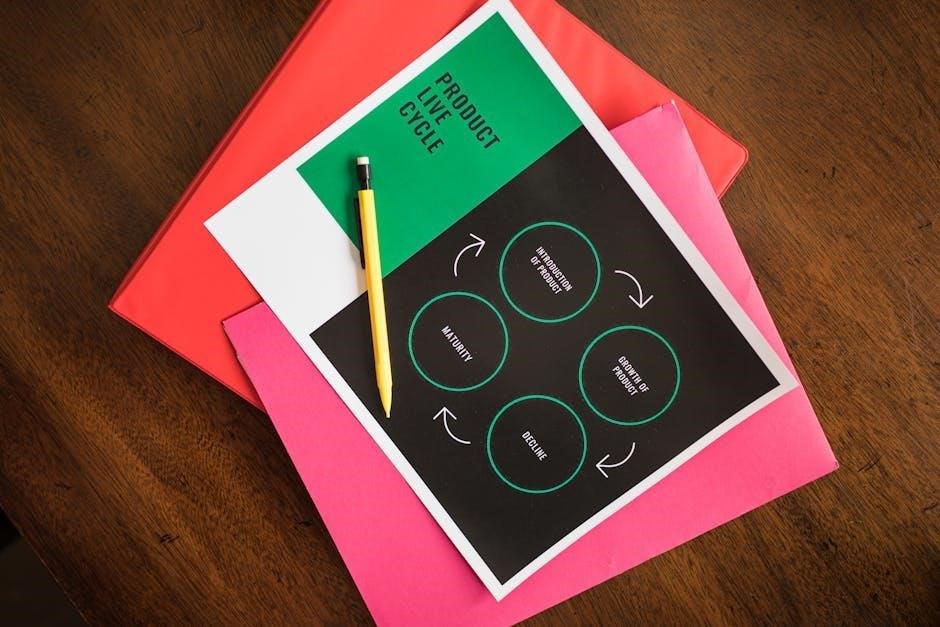Addition and subtraction worksheets are essential tools in math education, helping students master basic arithmetic operations. They provide structured practice, improving problem-solving skills and logical thinking. Accessible as PDFs, these worksheets cater to various learning levels, offering a comprehensive way to build foundational math concepts effectively.
1.1 Overview of Addition and Subtraction Worksheets
Addition and subtraction worksheets are structured resources designed to help students practice and master basic arithmetic operations. Available as free PDFs, they offer a variety of exercises, from simple problems for young learners to more complex tasks for advanced students. These worksheets often combine addition and subtraction, promoting a deeper understanding of math concepts. They are versatile, catering to different learning styles and educational levels, making them a valuable tool for both classroom and home use.
1.2 Importance of Worksheets in Math Education
Worksheets play a crucial role in math education by providing structured practice for students to master addition and subtraction. They reinforce mathematical concepts, enhance accuracy, and build a strong foundation for advanced topics. Worksheets also serve as valuable assessment tools, allowing teachers to track progress and identify areas needing improvement. Their accessibility as PDFs makes them convenient for both classroom use and independent study, ensuring consistent practice and fostering a deeper understanding of arithmetic skills.

Benefits of Using Addition and Subtraction Worksheets
Addition and subtraction worksheets offer numerous benefits, enhancing problem-solving skills and logical thinking. They provide structured practice, improving accuracy and confidence in math, while fostering pattern recognition and foundational arithmetic mastery.
2.1 Improving Problem-Solving Skills
Addition and subtraction worksheets play a crucial role in enhancing problem-solving abilities by providing structured practice. They help students recognize patterns, understand logical sequences, and apply arithmetic operations to real-world scenarios. Regular use of these worksheets sharpens analytical thinking, enabling learners to approach math challenges with confidence. By breaking down problems into manageable steps, worksheets foster a deeper understanding of numerical relationships, making complex tasks more accessible and fostering a strong foundation for advanced math concepts.
2.2 Enhancing Logical Thinking and Pattern Recognition
Addition and subtraction worksheets are instrumental in developing logical thinking and pattern recognition skills. By practicing structured problems, students learn to identify numerical relationships and sequences, fostering a deeper understanding of mathematical concepts. These worksheets encourage learners to think methodically, breaking down problems into steps and recognizing recurring patterns. This structured approach enhances logical reasoning and prepares students for more complex math topics, such as algebra, by strengthening their ability to analyze and interpret numerical data effectively.
2.3 Building Confidence in Math for Students
Addition and subtraction worksheets play a crucial role in building students’ confidence in math. By repeatedly practicing these operations, students gain mastery over basic concepts, reducing anxiety and fostering self-assurance. Correct answers reinforce their understanding, while interactive formats like color-by-number sheets make learning engaging and motivating. This structured practice helps students view math as achievable, encouraging a positive mindset and eagerness to tackle more challenging problems with confidence.
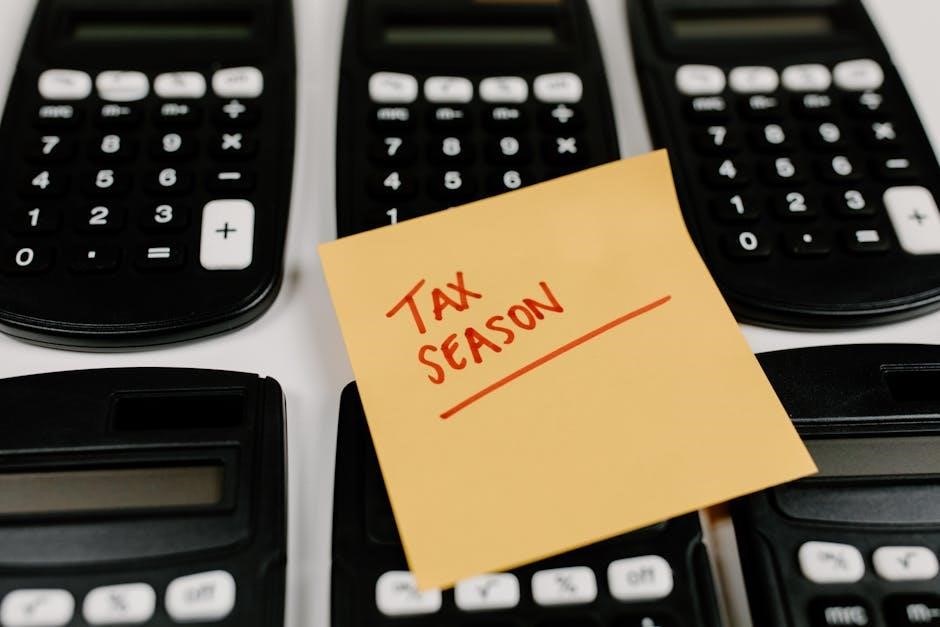
Types of Addition and Subtraction Worksheets
Addition and subtraction worksheets come in various types, including combined operations, algebraic fractions, and color-by-number formats, catering to different learning needs and styles effectively.
3.1 Combined Addition and Subtraction Worksheets
Combined addition and subtraction worksheets offer a mix of both operations, helping students practice multiple skills in one session. These worksheets are designed to enhance flexibility in math problem-solving, ensuring a smooth transition between operations. They often feature a variety of problem types, from basic arithmetic to word problems, making learning engaging and dynamic. Ideal for all grade levels, these combined worksheets cater to diverse learning needs, promoting a deeper understanding of numerical relationships and real-world applications.
3.2 Algebraic Fractions Worksheets for Advanced Learning
Algebraic fractions worksheets are designed for advanced learners, focusing on complex operations like adding and subtracting fractions with variables. These worksheets provide structured exercises to master algebraic manipulation, essential for higher-level math. Ideal for GCSE revision, they offer a comprehensive approach to challenging topics, ensuring a deep understanding of fraction operations in algebraic contexts. By practicing these problems, students refine their skills in handling abstract mathematical concepts, preparing them for more advanced studies.
3.4 Color-by-Number Worksheets for Engaging Learning
Color-by-number worksheets combine math practice with creative coloring, making learning engaging and fun. These worksheets use addition and subtraction problems to guide students in coloring images, fostering both math skills and creativity. Available as PDFs, they are ideal for visual learners, offering an interactive way to practice arithmetic while creating artwork. This unique approach motivates students to learn by blending education with artistic expression, making math practice enjoyable and rewarding for all skill levels.
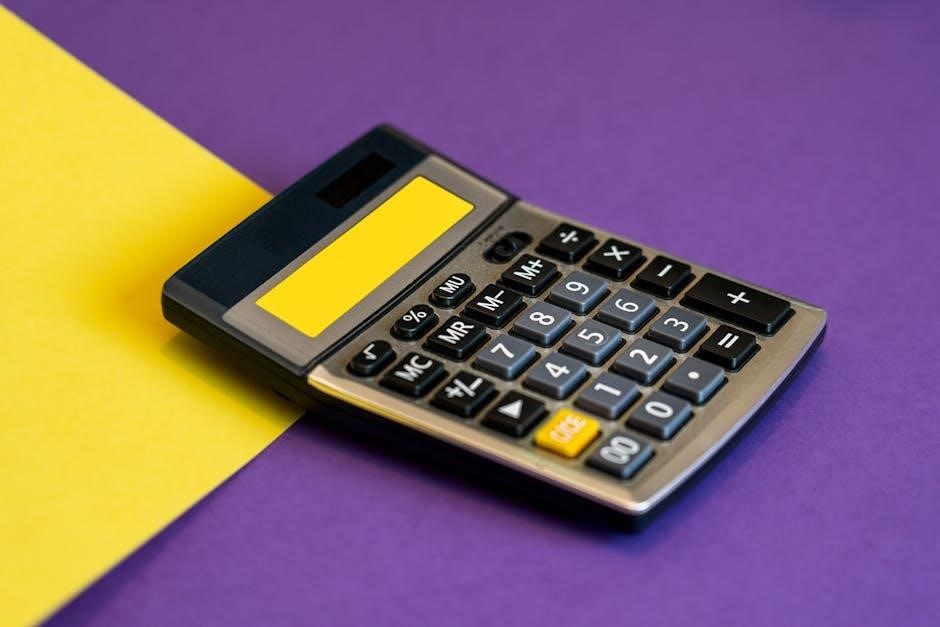
Worksheets for Different Grade Levels
Addition and subtraction worksheet PDFs cater to various educational stages, offering tailored practice for kindergarten, KS1, and GCSE levels, ensuring appropriate skill development for each grade.
4.1 Worksheets for Kindergarten and Preschool
Addition and subtraction worksheet PDFs for kindergarten and preschool are designed to introduce young learners to basic math concepts through engaging activities. These worksheets often feature colorful designs, simple layouts, and fun exercises to capture children’s attention. They focus on foundational skills like number recognition, counting, and basic arithmetic, making learning interactive and enjoyable. Many resources, such as those from Cuemath and Think Tank Scholar, offer free downloadable PDFs tailored for early childhood education, ensuring a smooth transition into more complex math topics.
4.2 Worksheets for KS1 (Key Stage 1)
Worksheets for KS1 (Key Stage 1) are tailored for students aged 5-7, focusing on foundational math skills. These addition and subtraction worksheet PDFs include simple equations, number bonds, and visual aids to enhance understanding. Many resources, such as those from Cuemath and Think Tank Scholar, offer free downloadable PDFs designed to align with curriculum standards. These worksheets help students develop mental math skills and confidence in solving basic arithmetic problems, preparing them for more complex math concepts in later stages.
4.3 Worksheets for GCSE Revision
Worksheets for GCSE revision are designed to reinforce advanced addition and subtraction concepts, particularly with algebraic fractions. These resources provide structured practice for complex topics, ensuring students grasp essential skills for exams. PDFs often include word problems and real-world applications, helping students apply math to practical scenarios. They offer a comprehensive approach to revision, enabling students to master challenging areas like algebraic manipulation and problem-solving, which are critical for success in GCSE mathematics.
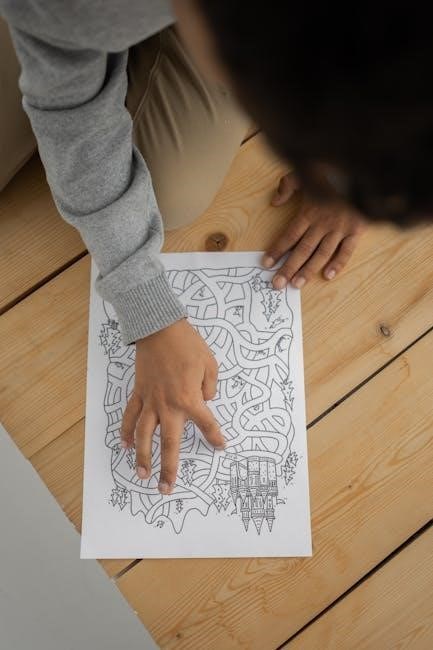
How to Create Addition and Subtraction Worksheets
Create effective addition and subtraction worksheets using online platforms or educational software, ensuring they are tailored to specific learning needs for optimal results.
5.1 Designing Effective Worksheets
Designing effective addition and subtraction worksheets involves clear layout and appropriate content. Start with simple problems for younger students, gradually increasing difficulty. Use visuals like number lines or counters to aid understanding. Ensure problems are relevant and engaging, incorporating real-world scenarios to make learning relatable. Group similar problems together to help students recognize patterns and build confidence. Provide ample space for calculations and answers, making the worksheet user-friendly. Finally, include a section for review to reinforce concepts and track progress.
5.2 Customizing Worksheets for Specific Needs
Customizing addition and subtraction worksheets allows educators to tailor content to individual student needs. Teachers can adjust difficulty levels, incorporate visual aids, and focus on specific operations. For advanced learners, introduce algebraic fractions or word problems, while for younger students, use color-by-number activities. Aligning worksheets with curriculum standards ensures relevance and effectiveness. This personalized approach helps students grasp concepts at their own pace, making learning more engaging and effective. Additionally, customization fosters inclusivity by addressing diverse learning styles and abilities.

Finding and Downloading Addition and Subtraction Worksheets
Reliable websites offer free PDF addition and subtraction worksheets, suitable for various grade levels. These resources are easily downloadable and printable, ensuring convenient access for educators and students.
6.1 Popular Websites for Free PDF Worksheets
Several websites offer free PDF addition and subtraction worksheets, catering to different grade levels. Cuemath provides comprehensive resources, while Think Tank Scholar offers combined addition and subtraction worksheets. iStock features engaging color-by-number worksheets, combining math with creativity. These platforms ensure easy access to high-quality, printable materials, making learning convenient for both educators and students. They are ideal for classroom use or home practice, offering a variety of styles to suit diverse learning needs and preferences.
6.2 Tips for Searching and Selecting the Right Worksheets
When searching for addition and subtraction worksheets, focus on clarity and relevance to skill levels. Ensure the content aligns with curriculum goals and student needs. Opt for worksheets with varied problem types and engaging formats, such as color-by-number or word problems. Check for reviews or ratings to gauge quality. Prioritize printable PDFs for convenience and accessibility. Always preview content to confirm accuracy and suitability before downloading or distributing to students.

Using Worksheets in the Classroom
Addition and subtraction worksheets are versatile tools for classroom instruction. They offer structured practice, cater to different learning styles, and can be easily integrated into daily lessons.
7.1 Integrating Worksheets into Lesson Plans
Addition and subtraction worksheets can seamlessly integrate into lesson plans by serving as supplementary materials. Teachers can use them to reinforce concepts, provide differentiated instruction, and offer practice exercises. PDF formats make it easy to distribute and access, ensuring consistency across the classroom. By aligning worksheet content with curriculum goals, educators can create structured and purposeful learning experiences that cater to diverse student needs and learning styles.
7.2 Encouraging Interactive Learning with Worksheets
Addition and subtraction worksheets can foster interactive learning by incorporating engaging elements like color-by-number activities and real-world problem scenarios. Teachers can encourage group work or pair activities, allowing students to collaborate and discuss solutions. Interactive PDFs with clickable elements or online versions can also enhance participation. By making learning hands-on and relatable, worksheets become more than just practice tools—they transform into dynamic resources that captivate students’ interest and deepen their understanding of math concepts.
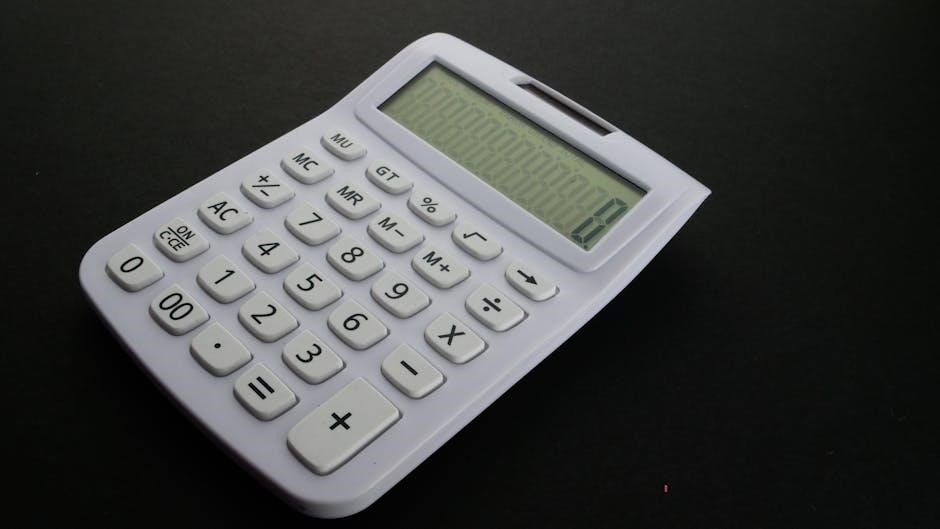
Assessment and Feedback Using Worksheets
Addition and subtraction worksheets serve as valuable tools for assessing student progress and providing feedback. They help identify strengths and areas needing improvement, guiding targeted support effectively.
8.1 Tracking Student Progress with Worksheets
Addition and subtraction worksheets are invaluable for monitoring student progress. They provide clear metrics to assess accuracy, speed, and understanding of math concepts. Regular use allows educators to identify areas where students excel or need extra support, enabling tailored interventions. Worksheets also help track improvements over time, offering insights into learning trajectories. Interactive elements, such as color-by-number tasks, engage students while reinforcing skills, making progress tracking both effective and enjoyable. This structured approach ensures comprehensive growth in math proficiency for learners of all levels.
8.2 Providing Constructive Feedback
Addition and subtraction worksheets serve as excellent tools for delivering constructive feedback. Teachers can identify specific areas where students need improvement, offering targeted guidance. The clear structure of worksheets allows for precise corrections, helping students understand their errors. Interactive formats, such as color-by-number tasks, make feedback engaging and relatable. Regular review of worksheets enables educators to tailor feedback, fostering a supportive learning environment. This approach ensures students receive clear, actionable insights to enhance their math skills and build confidence effectively.
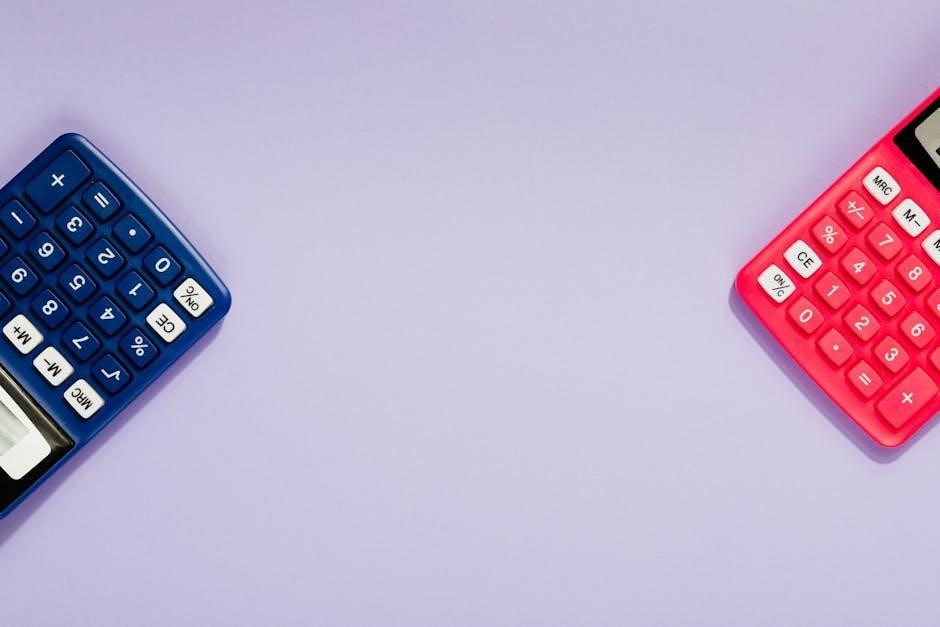
Advanced Topics in Addition and Subtraction Worksheets
Advanced addition and subtraction worksheets introduce algebraic fractions, word problems, and real-world applications, bridging arithmetic to algebra for higher-level thinking and complex problem-solving skills development.
9.1 Word Problems and Real-World Applications
Addition and subtraction worksheets often include word problems that simulate real-life scenarios, helping students apply math to practical situations like shopping or measuring. These problems enhance critical thinking and problem-solving abilities, making math more relatable and engaging. By incorporating real-world contexts, worksheets bridge the gap between abstract concepts and everyday applications, preparing students for advanced topics like algebra and fostering a deeper understanding of mathematical principles in action.
9.2 Transitioning from Arithmetic to Algebra
Addition and subtraction worksheets play a crucial role in transitioning students from basic arithmetic to algebra. They introduce simple equations and variables, familiarizing students with algebraic structures. These worksheets gradually incorporate more complex problems, such as solving for unknowns, ensuring a smooth progression. By blending arithmetic with algebraic concepts, they prepare students for higher-level math, making the transition engaging and accessible for learners at various stages, from KS1 to GCSE levels.
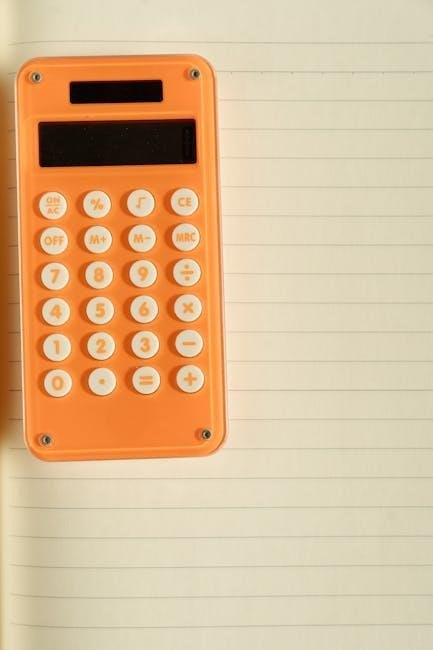
Digital Tools and Apps for Addition and Subtraction Practice
Digital tools like Cuemath and educational apps offer interactive addition and subtraction exercises; These platforms provide real-time feedback, making practice engaging and effective for students of all skill levels.
10.1 Online Platforms for Worksheet Creation
Online platforms like Cuemath and Think Tank Scholar offer customizable tools for creating addition and subtraction worksheets. These platforms provide pre-designed templates, allowing educators to tailor content to specific learning needs. With features like real-time feedback and progress tracking, they enhance the learning experience. Additionally, resources like iStock offer vector illustrations for engaging worksheets, making math practice visually appealing and interactive for students.
10.2 Educational Apps for Math Practice
Educational apps like Khan Academy, Duolingo Math, and others offer interactive math practice for addition and subtraction. These apps provide engaging exercises, real-time feedback, and personalized learning paths. They complement traditional worksheets by making math fun and accessible. Many apps also generate PDF-compatible content, allowing seamless integration with classroom materials. These tools are invaluable for students needing extra practice or enrichment, fostering a deeper understanding of math concepts in an enjoyable and modern way.
Addition and subtraction worksheets are invaluable for mastering foundational math skills. They offer structured practice, enhance problem-solving abilities, and cater to diverse learning needs across various grade levels.
11.1 Summary of Key Points
Addition and subtraction worksheets are vital tools for developing foundational math skills. They enhance problem-solving abilities, logical thinking, and pattern recognition while catering to various learning stages. From kindergarten to GCSE levels, these resources provide structured practice, supporting the transition from arithmetic to algebra. Worksheets like color-by-number and combined operations offer engaging ways to learn. Accessible as free PDFs, they are ideal for educators seeking customizable materials. These resources ensure a strong math foundation, making them indispensable for students and teachers alike.
11.2 Final Thoughts on the Importance of Worksheets
Addition and subtraction worksheets are indispensable tools for fostering math proficiency. They provide structured, engaging ways to practice foundational skills, catering to diverse learning needs. By offering customizable resources, worksheets empower educators and parents to support individualized learning. Their availability as free PDFs ensures accessibility for all. These materials not only enhance problem-solving and logical thinking but also build confidence, laying a strong foundation for advanced math concepts. Worksheets remain a vital, versatile resource for effective math education at all levels.


